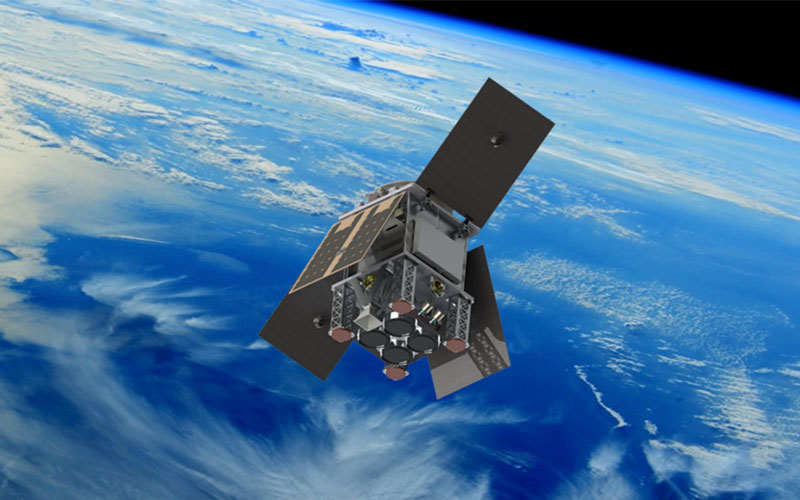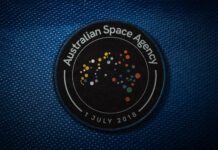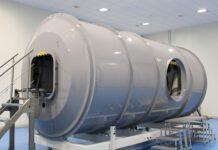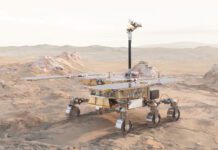
ESA has announced that its HydroGNSS Earth observation mission will now be comprised of two satellites which will halve the time it takes to revisit the same location on Earth’s surface. The mission is the second of the agency’s Scout missions and is being developed within ESA’s Earth Observation FutureEO programme.
ESA’s Scout missions are designed to quickly and cheaply demonstrate new Earth-observing techniques. The programme requires the development of missions to be completed within three years from kickoff to liftoff for no more than €30 million. The budget is required to cover the development and construction of the satellites and ground segments, launch, and the in-orbit commissioning phase of each mission. As the name suggests, the missions are designed to pave the way for innovative technology and science.
The HydroGNSS mission was announced in March 2021 as the agency’s second Scout mission. The first being the ESP-MACCS mission which was announced in December 2020. HydroGNSS originally called for a single 40 kg satellite with Surrey Satellite Technology (SSTL) selected as the primary contractor. By October 2021 the satellite had grown in size and was, at that time, expected to have a mass of 55 kg with a contracted value of €24 million. With this latest announcement, the mission will now consist of two 65 kg satellites that will each measure just 50x50x70cm. SSTL has confirmed that the second satellite is covered within the €30 million budget limit for Scout missions.
Once launched, the two satellites will orbit Earth 180 degrees apart. According to SSTL, the satellites will utilize a technique called Global Navigation Satellite System Reflectometry to measure vital climate variables like soil moisture, freeze–thaw state over permafrost, flooding, and biomass. The pair will also measure wind speed over the ocean and sea-ice levels. The data collected will be utilized to better understand climate change in addition to assisting with weather modeling, agricultural planning, ecology mapping, and flood preparedness. The HydroGNSS mission will also complement a number of others, including ESA’s SMOS and Biomass, Copernicus Sentinel-1, and NASA’s SMAP.
The pair of HydroGNSS satellites are expected to be launched in 2024. With the mass and budget considerations, it will likely be launched on a rideshare mission aboard Ariane 6, if it is available, or Vega C. However, it could also be opened up to a competitive bidding process allowing several European launch startups that aim to be operational by 2024 an opportunity to secure an ESA launch contract.







